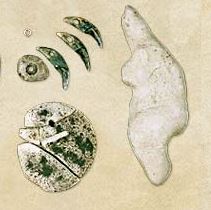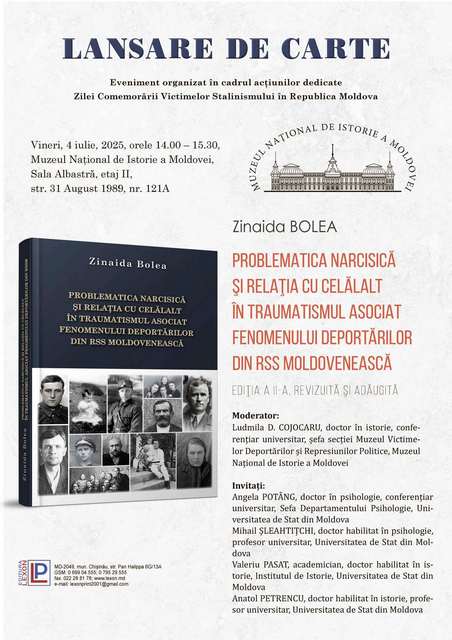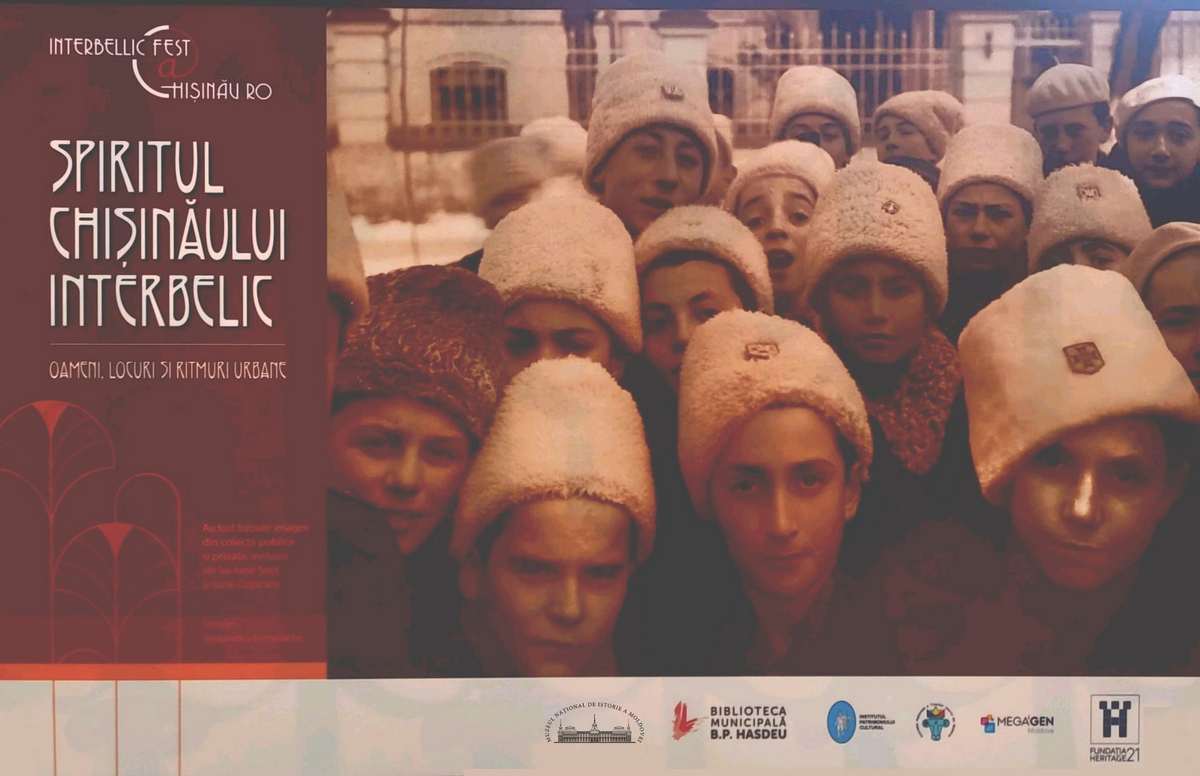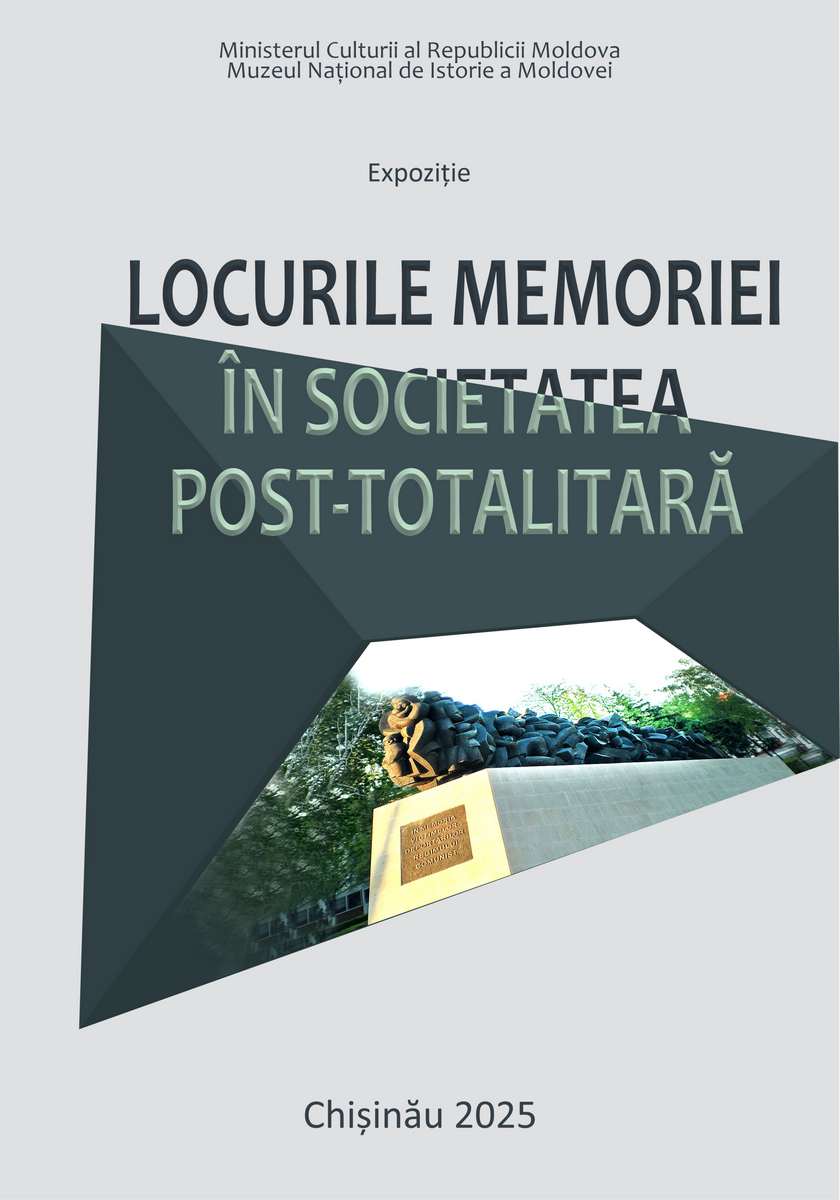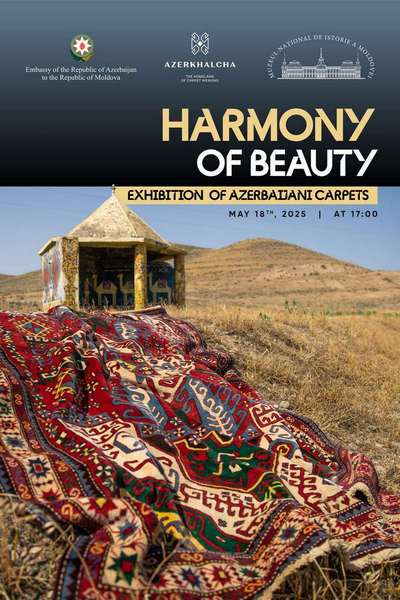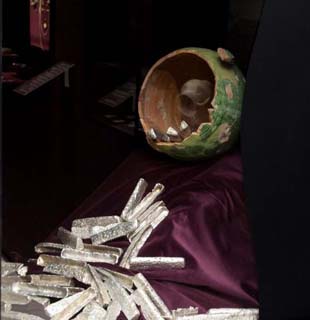  #Exhibit of the Month #Exhibit of the Month
October 2023
Dimitrie Cantemir’s book “The Growth and Decay of the Ottoman Empire”
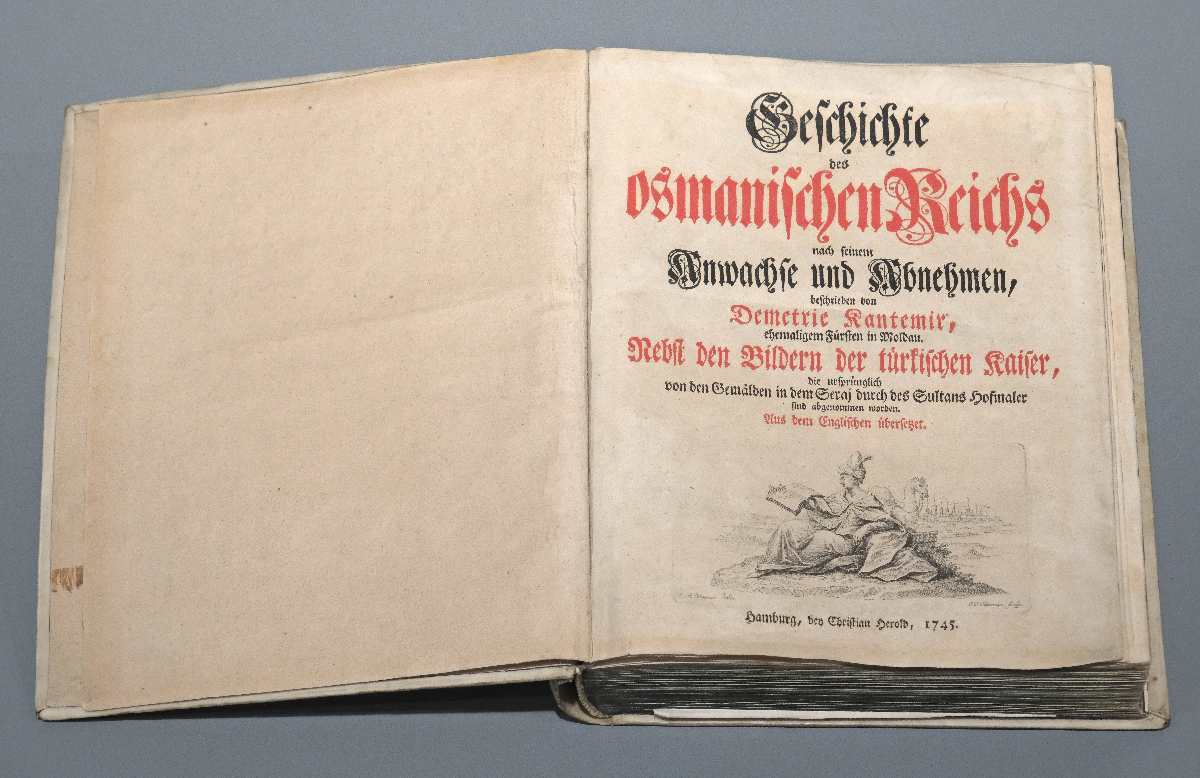 This year we commemorate 350 years since the birth and 300 years since the death of Dimitrie Cantemir (October 26, 1673 - August 21, 1723), the most famous Romanian humanist thinker and also the author of the first original Romanian philosophical works.
This year we commemorate 350 years since the birth and 300 years since the death of Dimitrie Cantemir (October 26, 1673 - August 21, 1723), the most famous Romanian humanist thinker and also the author of the first original Romanian philosophical works. Dimitrie Cantemir represents one of the highest peaks of thought of his time, in all areas that his genius touched - in historiography, geography, philosophy, he opened up new perspectives for development. The great scholar was well acquainted with the Muslim environment, speaking, in addition to Western, also Eastern languages (Turkish, Persian and Arabic), and also had extensive knowledge in the fields of logic, medicine, natural sciences, astronomy and music. This well-educated Christian beyzade, being a born diplomat, won the trust of Sultan Ahmed III, who favorably allowed him to familiarize himself with the documents of imperial history that Cantemir used in working on his famous work "The Growth and Decay of the Ottoman Empire", which still remains a reference publication in a specialized bibliography. The National Museum of History of Moldova possesses a German edition of this work, published in Hamburg in 1745. This edition is an impressive volume of 863 pages, accompanied by a preface in German by the editor, containing words of praise and appreciation: "... we consider that such a work of great significance must be known to the Germans in their mother tongue..." Dimitrie Cantemir was the first scholar to show that the history of the Ottoman Empire divides into two parts. The first part that of growth, includes biographies of 19 sultans and ends around 1672, when the empire entered a new phase, that of political and military decline. Through this work, Cantemir tried to draw attention to the need for an alliance of European countries against Turkish expansion. At the same time, he praised certain aspects of the culture of the Turkish people. Like "Description of Moldavia", "The Growth and Decay of the Ottoman Empire" enjoyed wide popularity in European countries. The work was first translated into Russian by Dmitry Grozin, but was not printed. After the death of Dimitrie Cantemir, thanks to his son Antiochus, who became the Russian ambassador in London and then in Paris, this fundamental writing of our scholar was translated and published in English (two volumes, 1734-1735, followed by a new edition in 1756) and in French (1743, in four small volumes). In 1745, the work was also published in German. It was read, highly valued and used in their writings by Voltaire, Byron, Victor Hugo and others. This is the first treatise that addresses the issue of Ottoman power and the multicultural nature of the empire. Work on it began during the author's stay in the Ottoman Empire, resumed after 1711, and finished in 1717. This writing brought him European fame and placed him among the great scholars of the time.
|
 31 August 1989 St., 121 A, MD 2012, Chisinau, Republic of Moldova
31 August 1989 St., 121 A, MD 2012, Chisinau, Republic of Moldova




 The side panels are elegantly decorated with refined cast-iron elements in the Art Nouveau style, displaying the brand name - "Ideal." The Polyglott model, featuring a bilingual keyboard patented in the United Kingdom by Max Klaczko from Riga, Latvia, was produced between 1902 and 1913, marking the first typewriter capable of writing in two languages. The "Ideal Polyglott" typewriter was actively sold in the Russian Empire and gained significant popularity in Poland, Bulgaria, and Serbia.
The side panels are elegantly decorated with refined cast-iron elements in the Art Nouveau style, displaying the brand name - "Ideal." The Polyglott model, featuring a bilingual keyboard patented in the United Kingdom by Max Klaczko from Riga, Latvia, was produced between 1902 and 1913, marking the first typewriter capable of writing in two languages. The "Ideal Polyglott" typewriter was actively sold in the Russian Empire and gained significant popularity in Poland, Bulgaria, and Serbia.





